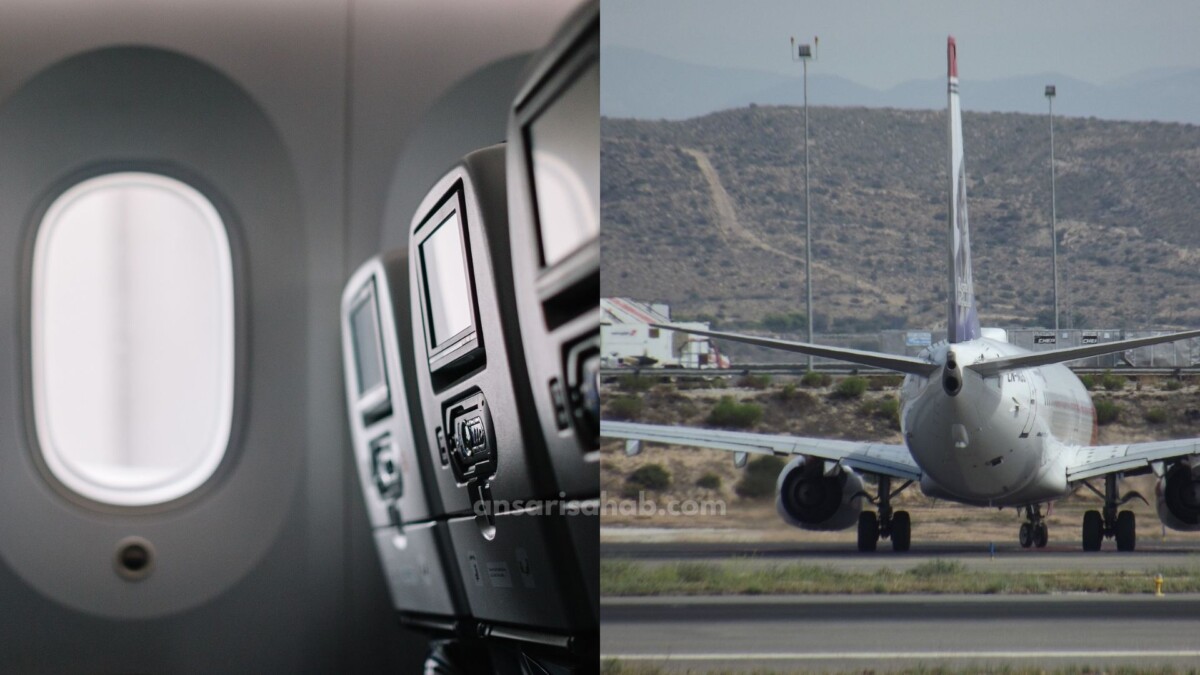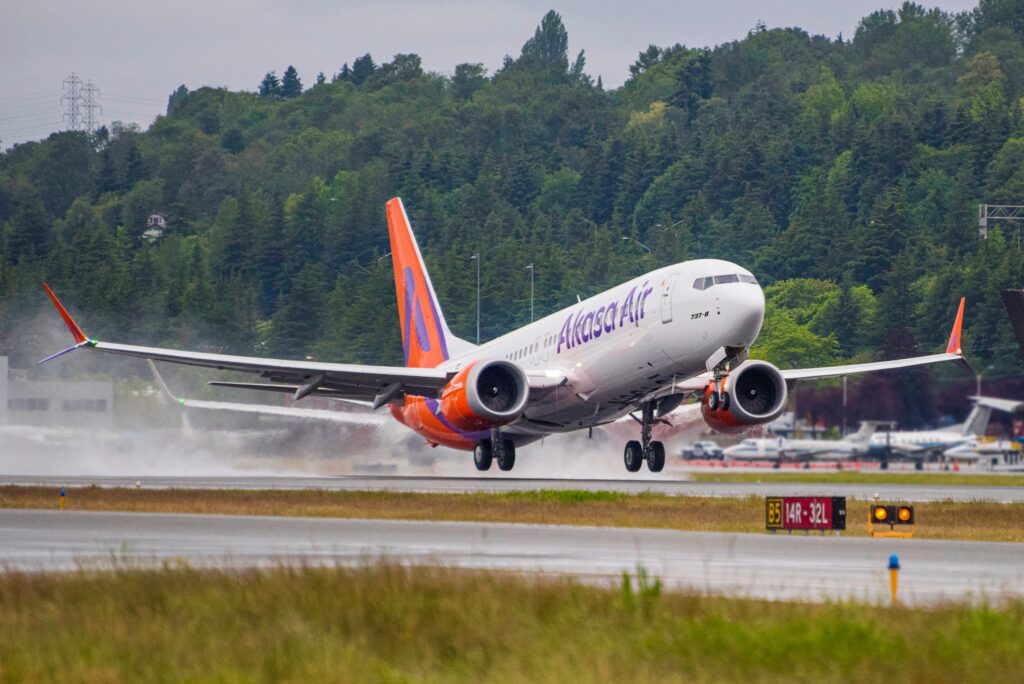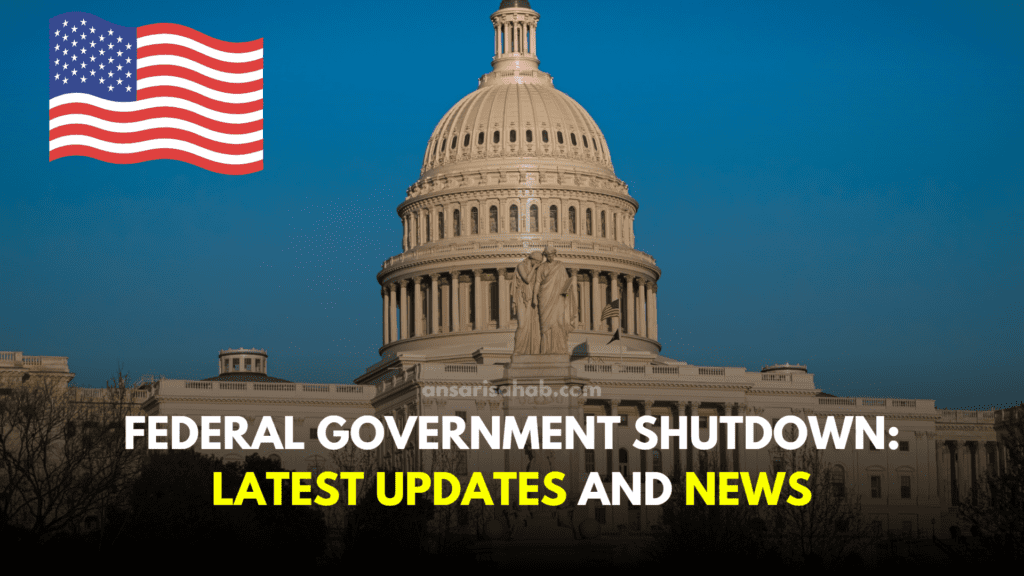The skies above the aviation industry have been anything but clear lately. Following the recent near-catastrophe on an Alaska Airlines flight where a door plug blew out, causing an emergency landing, United Airlines has found itself in the spotlight. Their fleet of Boeing 737 Max 9 aircraft, seemingly plagued by loose bolts in crucial door components, has triggered a wave of inspections, cancellations, and renewed concerns about the safety of these planes.
This blog post delves into the unfolding saga, examining the timeline of events, the potential risks involved, and the ongoing investigation. We’ll also explore the broader implications for the aviation industry and the future of the Boeing 737 Max.
A Chronology of Caution:
The saga began on December 30th, 2023, when an Alaska Airlines 737 Max 9 en route from Seattle to Hawaii experienced a mid-air explosion. A door plug, a small but vital component responsible for maintaining pressure in the cargo hold, malfunctioned and blew out, causing a rapid decompression and forcing the plane to make an emergency landing back in Seattle. Thankfully, no one was injured.
This incident sent shockwaves through the industry, raising concerns about the safety of the Boeing 737 Max. The plane, which had been grounded for nearly two years following two fatal crashes in 2018 and 2019, had only recently been recertified for commercial flight.
Following the Alaska Airlines incident, United Airlines, the largest operator of the 737 Max in the US, announced immediate inspections of all 79 of its Max 9 aircraft. Within days, the airline discovered what they termed “installation issues” with the door plugs, specifically loose bolts. Although the exact cause of the Alaska Airlines incident is still under investigation, the discovery of these loose bolts on United’s planes fueled fears of a systemic problem.
Uncertain Skies: Assessing the Risks
Door plugs may seem insignificant, but they play a critical role in maintaining the integrity of the aircraft. Their malfunction, especially at high altitudes, can lead to rapid decompression, oxygen deprivation, and even structural damage. The potential consequences are chilling, highlighting the gravity of the situation United Airlines currently faces.
Beyond the immediate risks, the discovery of loose bolts raises broader questions about the manufacturing and quality control processes of the Boeing 737 Max. Were these issues present during the recertification process? Could similar problems exist in other airlines’ fleets? These are questions that demand thorough investigation and transparent answers from both Boeing and regulatory authorities.
Navigating the Turbulence: The Road Ahead
United Airlines has grounded all of its 737 Max 9 aircraft while they conduct further inspections and address the loose bolt issue. This has led to hundreds of flight cancellations and disruptions for passengers. While the airline assures the public that safety is their top priority, the current situation has undoubtedly shaken public confidence in the Boeing 737 Max.
The future of the 737 Max remains uncertain. The outcome of the ongoing investigation and the effectiveness of United’s corrective actions will be crucial in determining the aircraft’s long-term viability. Regaining public trust will require unwavering commitment to transparency, thorough safety checks, and open communication with both passengers and regulators.
Beyond United: A Broader Industry Perspective
The issues plaguing United’s 737 Max 9 fleet are not isolated. Other airlines operating the same model are also conducting inspections and taking precautionary measures. This incident serves as a stark reminder of the interconnectedness of the aviation industry and the importance of global cooperation in ensuring safety standards are met across all airlines and aircraft types.
The Boeing 737 Max was once hailed as a revolutionary aircraft, promising improved fuel efficiency and performance. However, the recent string of incidents has tarnished its image and raised doubts about its future. The road to regaining trust will be long and arduous, requiring a concerted effort from Boeing, airlines, regulators, and the entire aviation community.
Conclusion: A Call for Vigilance and Transparency
The unfolding saga of United Airlines and the Boeing 737 Max door plug issue is a stark reminder that safety in the skies can never be taken for granted. Vigilance, transparency, and a commitment to continuous improvement are essential for maintaining the trust and confidence of passengers and ensuring the safety of air travel.
While the investigation into the cause of the Alaska Airlines incident and the loose bolts on United’s planes continues, one thing is clear: the turbulence ahead demands a united effort from all stakeholders to ensure the skies remain safe for everyone.









